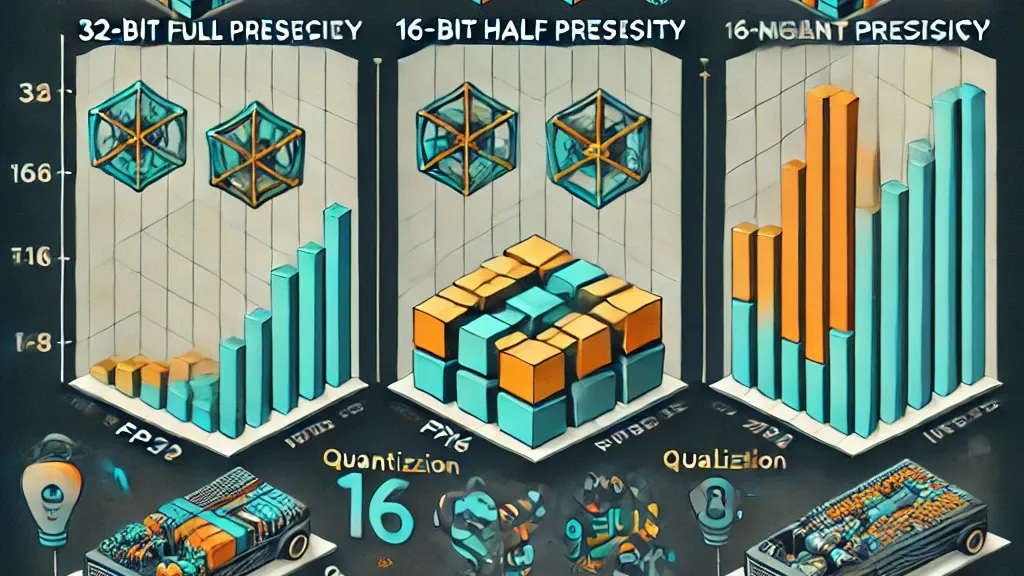
Optimizing Large Language Model Training: Understanding Memory Constraints and Solutions
Sakshi Chaurasia
Data Scientist @ Ericsson| AWS & Azure Certified | Master's in Big Data Analytics
One of the most common challenges in training large language models (LLMs) is running out of memory. If you've ever tried training or loading models on Nvidia GPUs, this issue likely sounds familiar. These massive models, often with billions of parameters, require substantial memory for both storing and training their weights. Let’s break down the core reasons behind this challenge and explore solutions like quantization to optimize memory usage.
Why Do We Run Out of Memory?
Training LLMs involves working with Nvidia's CUDA (Compute Unified Device Architecture), which enhances performance for deep learning operations like matrix multiplication. However, most LLMs are extremely large, requiring a vast amount of memory to store their parameters and train effectively.
Each parameter in a model is usually stored as a 32-bit floating point (FP32) number, which consumes four bytes of memory per parameter. A billion-parameter model, for example, would need about 4 GB of GPU memory just to store the weights. However, training a model demands even more memory for storing additional components, such as gradients, optimizer states, and activations. This increases the overall memory requirement by roughly six times, meaning a billion-parameter model would need about 24 GB of GPU memory during training.
Reducing Memory with Quantization
To overcome memory constraints, one effective technique is quantization, which reduces the precision of model weights from 32-bit (FP32) to 16-bit (FP16 or BFLOAT16) or even 8-bit integers (INT8). Here’s how it works:
领英推荐
For example, converting model parameters from FP32 to FP16 halves memory requirements, while converting to INT8 can further reduce the memory footprint by up to 75%. This means that a 1 billion-parameter model, which would normally require 24 GB of memory for training, could potentially run on just 2-4 GB of GPU memory after quantization.
BFLOAT16: A Better Half Precision
While FP16 is a popular choice, many modern models, such as FLAN-T5, have adopted BFLOAT16 (Brain Floating Point). Developed by Google Brain, BFLOAT16 offers a good balance between memory efficiency and training stability. It captures the full dynamic range of FP32 while using only 16 bits, making it ideal for large-scale model training.
Scaling Beyond One GPU
Quantization is a great start, but many LLMs today contain 50 billion or more parameters. Training these models requires distributed computing across multiple GPUs, as no single GPU has the capacity to handle such enormous memory demands. Distributed training techniques are essential for handling today’s largest models, though they come with significant costs in terms of hardware and infrastructure.
Conclusion
As models grow in size, memory optimization becomes increasingly critical. Techniques like quantization, particularly with formats like BFLOAT16, offer substantial savings, allowing developers to train large models more efficiently. While training models with billions of parameters will often require distributed computing, fine-tuning pre-trained models with quantization is a practical and resource-efficient solution for most use cases.
By leveraging these techniques, data scientists and developers can continue to push the boundaries of AI without being hindered by memory constraints.